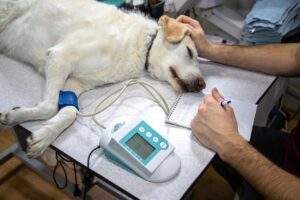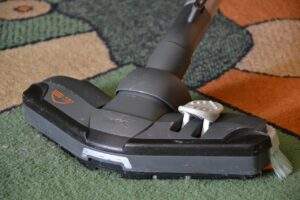Best Practices for Handling Medical Equipment Repairs and Preventive Maintenance

Medical equipment is a vital part of any hospital or healthcare facility. This includes everything from sterilizers to computerized devices, biomedical devices, and specialized equipment.
All of this medical equipment requires regular maintenance to ensure the safety of patients and staff members. There are many benefits to having a preventive maintenance plan in place.
Know Your Equipment
Medical equipment inspection & maintenance is a complicated process that requires a combination of technological expertise, repair skills, and medical knowledge. It also needs to be done consistently and carefully. Otherwise, facilities can incur unnecessary expenses, such as ballooning repair costs or operational issues that cause staff to lose productivity.
A well-designed maintenance strategy helps to minimize these unforeseen expenses, equipment downtime, and safety risks for patients and healthcare consultants alike. A key component is asset management, which involves keeping track of all medical equipment. This can be accomplished through a centralized system that categorizes all equipment and records essential information, including make, model, unique identifiers, and warranty details.
Additionally, an excellent medical equipment repair company will have tools and software that allow technicians to perform performance verifications on specific items (such as electrosurgical generators or patient monitors). These tools help speed up the repair process by verifying that the device works properly. Medical equipment manufacturers also provide a set of specifications and recommended test instruments that should be used for each piece of equipment.
Have a Plan in Place
An intelligent maintenance strategy minimizes repair expenses, equipment downtime, and safety risks for patients, healthcare consultants, and facilities. A vital component of this plan is establishing a medical device inventory, which includes identifying all devices in use and recording important information like make, model, unique identifiers, and warranty details.
Additionally, ensuring technicians have the tools and parts they need to complete repairs quickly can also help expedite the process. For example, X-ray machines require specialized equipment to perform their function; a thorough inspection will reveal any broken or worn components that need replacing.
Effective maintenance management is the foundation for a facility to deliver quality patient care and ensure compliance with regulatory requirements. It prevents equipment breakdowns and deterioration, extends the lifespan of equipment and reduces costly repairs. It also helps facilities achieve their financial goals and improve overall efficiency. An Enterprise Asset Management (EAM) solution is an ideal tool to implement for this purpose.
Invest in a Maintenance Management System
Medical equipment repairs and preventive maintenance are critical for hospitals and healthcare facilities to minimize expensive repair costs, avoid unnecessary downtime, and ensure patient safety. However, when dealing with specialized medical equipment, it can be challenging to know what exactly needs to be done and when.
In a highly regulated industry such as healthcare, it’s essential to have a streamlined, planned maintenance workflow. This includes tracking maintenance and installation appointments, determining what parts are required for each job, scheduling recurring work orders with predefined frequencies, and assigning technicians.
A CMMS can also simplify this process by giving teams visibility into their planned maintenance and inventory status in real-time, which reduces the time needed to complete a job and increase asset ROI. It can also help automate ordering, creating a centralized inventory database and eliminating the need for manual entry. This allows technicians to get straight to work while saving valuable time for the back office.
Hire an Expert
In a facility where patient care is a 24/7 commitment, having reliable medical equipment is paramount. Faulty or incorrectly functioning equipment can lead to misdiagnoses, improper treatment, and even life-threatening incidents. Regular servicing and maintenance will prevent these issues from occurring, helping to ensure that healthcare services can continue uninterrupted.
Many hospitals and facilities hire a biomedical engineering company to manage maintenance needs. These companies have a staff of specialized technicians trained in various makes and models of medical equipment. They can also help with sourcing and purchasing new equipment.
The biomedical engineer should be involved in all equipment acquisitions to discuss proprietary parts, reliability issues, and cost. Running reports by device, model, or function will help the biomedical engineer understand which equipment is being repaired more frequently than others and why, allowing them to reduce the frequency of these appointments. This will save labor hours and move the facility to predictive or reliability-centered maintenance, reducing costs and preventing downtime.







